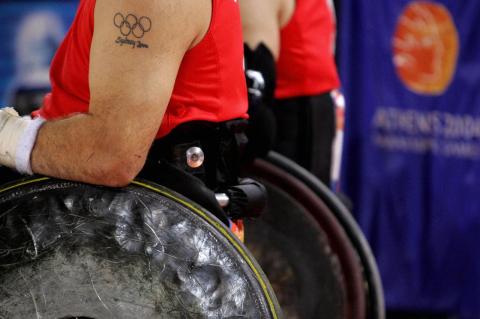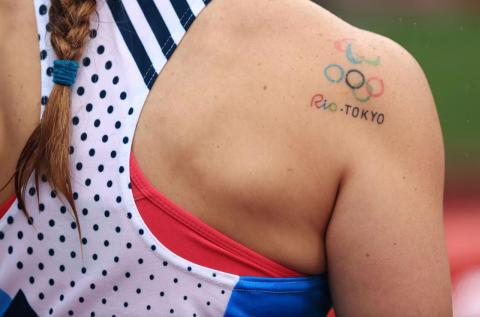
The Paralympic Games are a celebration of remarkable athleticism, courage, and perseverance. For years, however, there was one symbol conspicuously absent from the tattoos of many Paralympians: the iconic five-ring Olympic logo. Until recently, Paralympians were required to cover up any Olympic-inspired tattoos, including those commemorating their achievements at the Games. This restriction was rooted in a rule by the International Paralympic Committee (IPC) that classified such tattoos as “body advertising.” Fortunately, this outdated policy has been overturned, allowing athletes to proudly display their Olympic tattoos for the first time.
The rule preventing Paralympians from displaying Olympic tattoos was introduced to avoid what the IPC described as "body advertising" during the Games. This policy was an extension of the IPC’s broader guidelines aimed at maintaining a clear separation between commercial advertising and athlete self-expression. While it was intended to prevent any undue commercial influence, it also had the unintended consequence of restricting athletes' ability to commemorate their personal achievements.
The five-ring Olympic logo, a symbol of global unity and athletic excellence, was among the most affected. For athletes who had earned the right to represent their countries on the world stage, having to cover up tattoos that celebrated their journey was both frustrating and disheartening. The policy seemed out of touch with the spirit of the Games, where personal stories and symbols of dedication are integral parts of the athletes' identities.

In a significant and welcome shift, the IPC has revised its regulations, now allowing Paralympians to proudly display their Olympic-inspired tattoos. This change is more than a mere adjustment to policy; it represents a broader acknowledgment of the importance of personal and cultural expression in sports.
The decision reflects a growing recognition that athletes should be able to celebrate their achievements in a way that is meaningful to them. For many Paralympians, the Olympic rings are not just a symbol of an event but a representation of years of hard work, sacrifice, and triumph over adversity. Allowing these athletes to display their tattoos not only honors their achievements but also enhances their ability to connect with fans and inspire future generations.
This policy change is poised to have a positive impact on the Paralympic Games. Athletes will now be able to fully express their identities and celebrate their personal milestones without the constraint of having to hide meaningful tattoos. This adjustment aligns with a broader trend towards greater inclusivity and recognition of athletes’ personal journeys.
The visibility of these tattoos can also serve as a powerful symbol for fans and spectators. It emphasizes the connection between the Paralympic and Olympic movements, highlighting the shared values of excellence, perseverance, and sportsmanship. For many, it will enhance the narrative of the Games, providing a deeper and more personal connection to the athletes' stories.

As the 2024 Summer Olympics and Paralympics approach, this change in policy will be a noteworthy aspect of the upcoming Games. Fans and athletes alike will have the opportunity to see a fuller expression of the dedication and pride that define the Paralympic experience. The ability for Paralympians to showcase their Olympic tattoos is a step forward in recognizing and celebrating their accomplishments in a way that truly reflects their journeys.
In conclusion, the decision to lift the ban on Olympic ring tattoos is a significant and positive development for the Paralympic community. It underscores the value of personal expression and acknowledges the profound significance of the athletes’ achievements. As the Games continue to evolve, such changes reflect a growing respect for the athletes who embody the spirit of competition and resilience.
For more content find us via the app store:
Discover More Content





